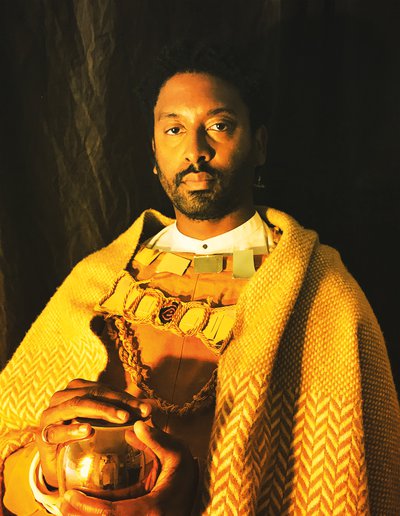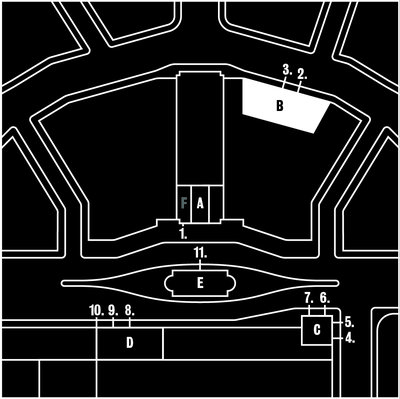02 The African King Caspar Reworked with vase, blanket, cardboard, West African print


The richly dressed portrait of King Caspar, one of the Biblical three Magi, was completed by the little known Dutch artist Hendrik Heerschop in 1654.
This is a painting of King Caspar, one of the three Magi, also known as Kings or Wise Men. Appropriate to the subject’s royal status, Heerschop’s painting is drenched in shades of gold, and the gold earrings are matched by the sumptuous, jewelled cloak, the heavy chains carrying the Frankincense and the fabrics of the sitter’s doublet.
We do not know the identity of the sitter for this painting, but
Amsterdam had a vibrant community of free Black Africans, many of whom
lived near 'Jodenbreestraat', close to the famous artist Rembrandt’s
house. Members of this community may well have provided models for the
growing numbers of Dutch paintings that began to include Black subjects
at this time.
The presence of this free Black community on the streets of Amsterdam is important. So is the fact that their presence was a result of colonialism and the slave trade. While the artist dressed his fictional King Caspar richly and dwelt on his nobility and status, what might the social status of his sitter have been? What kind of life and what kind of opportunities were available to him?

Hendrick Heerschop, 'The African King Caspar', 1654, Gemäldegalerie der Staatliche Museen zu Berlin.

Strand Campus, Strand, London WC2R 2LS
The Exchange, Aldwych